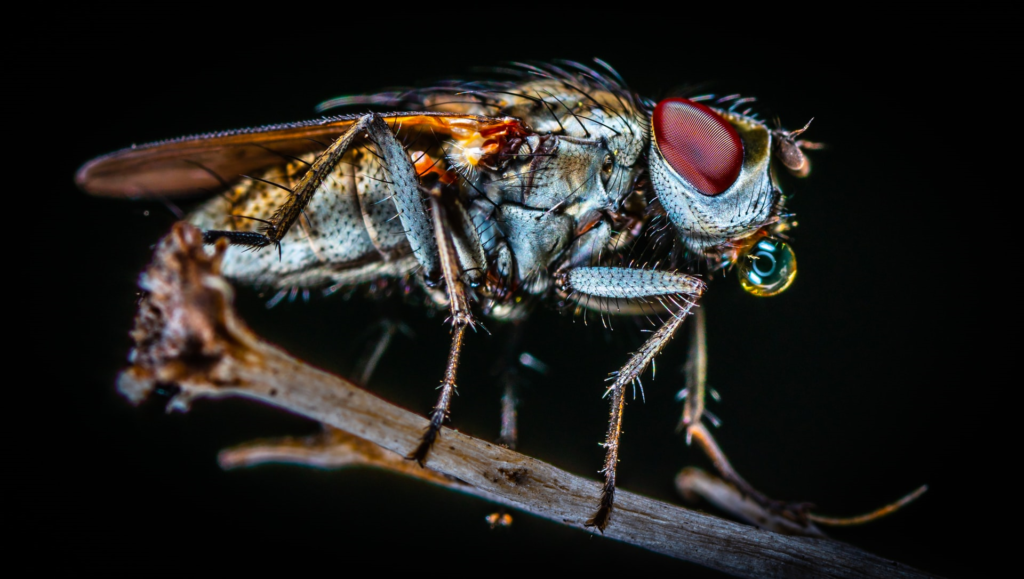(par 3. 7.5) Paratisism – from Animal and Plant Adaptations and Behaviours

Behavioural pattern Behavioural pattern describes an animal’s dominant way of life. Arboreal animals, for example, live in trees and nocturnal animals are active at night. Parasitic Parasitic organisms have a close relationship with another organism, which they use ultimately to extract food. The process generally harms the host, and may even kill it. Parasites can […]
(par 3. 7.5) Parasitism

http://en.wikibooks.org/wiki/Ecology/Parasitism This is an example of a parasite that can cause Chagas disease Parasitism is a form of living in which two organisms that are phylogenically different (unrelated) co-exist over a long period of time (usually for the lifetime of one of the individuals). Parasitism can also be classified as a specialized form of predation that […]
